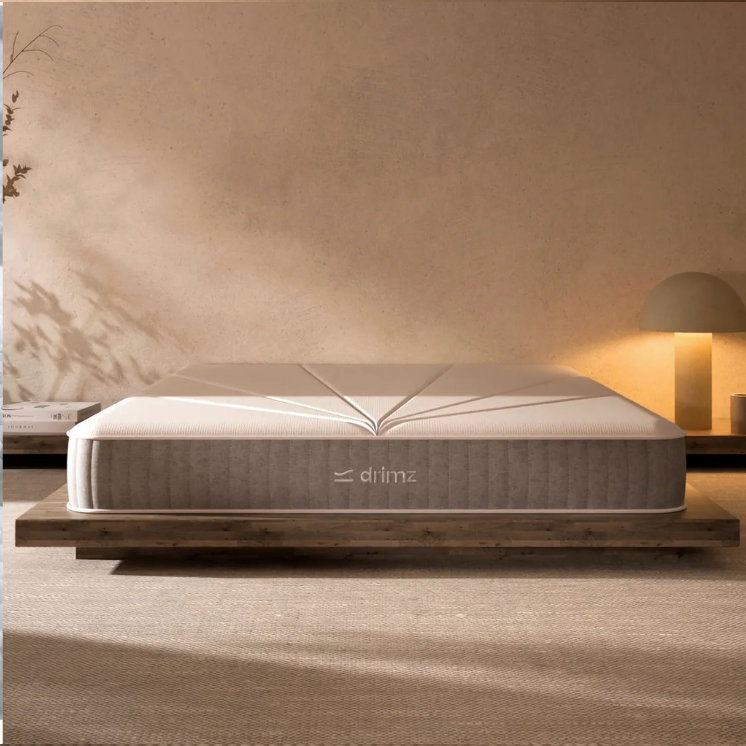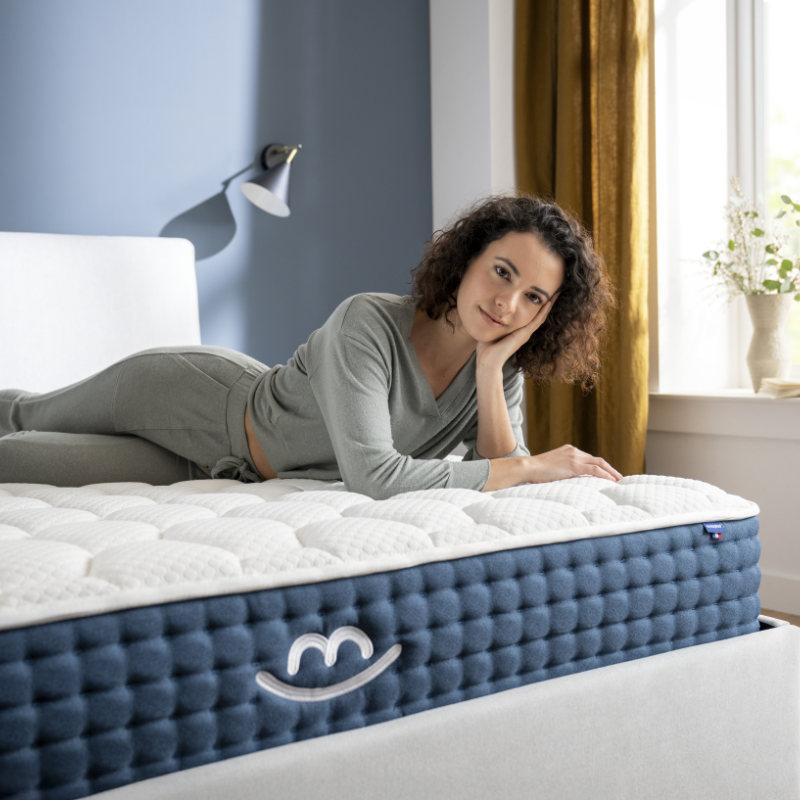
Our environment plays a crucial role in the quality of our sleep. Certain environmental factors can disrupt our rest, preventing us from getting the restful sleep we need. It's important to identify these factors and take steps to mitigate them.
The different environmental factors
Here's a look at common environmental factors that can disrupt sleep and solutions to address them.
The noise
Excessive noise can make it difficult to fall asleep and disrupt sleep throughout the night. If you're exposed to outside noise or household noises such as appliances, use earplugs or white noise to create a quiet environment. If necessary, consider investing in soundproof windows or acoustic insulation to further reduce noise.
The light
Bright light, whether from outdoor sources like streetlights or indoor sources like electronic devices, can disrupt our body clock and inhibit the production of melatonin, the sleep hormone. Make sure your bedroom is dark by using blackout curtains or sleep masks. Also, avoid exposure to blue light from screens before bedtime, as it can inhibit the sleep process.
The temperature
Extreme temperatures, whether too hot or too cold, can make it difficult to fall asleep and disrupt sleep. Maintain a comfortable temperature in your bedroom, generally between 18 and 21 degrees Celsius. Use blankets or fans to adjust the temperature according to your personal preferences and the season.
The comfort of the mattress and pillow
An uncomfortable mattress or pillow can lead to pain and discomfort that disrupts sleep. Make sure you have a quality mattress that adequately supports your body while you sleep. Morphea Bed offers a range of mattresses designed to provide optimal support and superior comfort. When it comes to pillows, you can choose between a polyester pillow or an ergonomic pillow, depending on your needs.
Allergens and air pollution
Allergens such as dust mites, pet dander, and airborne pollutants can trigger allergic reactions and disrupt sleep. Make sure your bedroom is clean and well-ventilated. Use air purifiers or HEPA filters to reduce allergens and maintain good air quality. Also, remember to open the window for at least 10 minutes every day to refresh the air.
Stress and anxiety-provoking environment
A stressful or anxious environment can make it difficult to relax and fall asleep. Create a calm and soothing environment in your bedroom. Avoid stressful stimuli before bed, such as screens or confrontational discussions. Practice relaxation techniques, such as meditation or deep breathing, to calm your mind and promote a relaxed state conducive to sleep.
Technological distractions
Electronic devices such as smartphones, tablets, and televisions can distract the mind and disrupt sleep. Avoid using these devices before bed and keep them away from your bedroom. Create a dedicated space for rest and relaxation, free from technological distractions.
By identifying and mitigating disruptive environmental factors, you can create a sleep-friendly environment and improve the quality of your rest. Remember that consistent sleep schedules and good habits are also essential for promoting restful sleep.
In conclusion, environmental factors such as light, noise, temperature, and air quality have a significant impact on the quality and quantity of sleep. It is essential to take these elements into account and adapt our environment to promote restful sleep.
Simple measures like using blackout curtains, earplugs, and maintaining a comfortable temperature can improve sleep quality. By creating an environment conducive to rest, we can minimize disruptions and promote more restful nights.





Sleep needs according to age
6 Relaxation Techniques to Avoid Nightmares